What are the differences in tension and shear forces between hammer drive anchors with different hole depths and diameters
2025-09-02Hammer Drive Anchors, also known as hammer-type expansion anchors, are commonly used fasteners in construction and industrial anchoring. Their load-bearing capacity is affected by multiple factors, with hole depth and diameter being key design parameters. A correct understanding of the effects of hole depth and diameter on tensile and shear forces helps engineers select the appropriate anchoring solution during construction, improving structural safety and service life.
The Effect of Hole Depth on Hammer Drive Anchor Tensile Strength
The tensile load-bearing capacity of an anchor depends primarily on the friction and expansion compression between the anchor and the base material. A deeper hole increases the contact area between the anchor and the hole wall, which in turn increases friction and, consequently, improves pullout strength. In concrete or masonry, Hammer Drive Anchors installed in deep holes can generally withstand higher vertical tensile forces, reducing the risk of anchor pullout.
Anchors installed in shallow holes have significantly reduced tensile load-bearing capacity due to their limited contact area. In environments with high load-bearing requirements, shallow hole installation may lead to premature loosening of the anchor or structural failure. Therefore, during the design phase, an appropriate hole depth should be selected based on the anchoring load to ensure that the anchor tension meets project requirements.
Effect of Hole Depth on Shear Force
Shear force bearing capacity is closely related to the anchor's stability along the hole. Increasing hole depth improves anchor stability under lateral forces, distributing shear forces over a wider area of the hole wall and reducing localized stress concentrations. Hammer Drive Anchors installed in deep holes exhibit better shear resistance when subjected to lateral forces or vibration loads.
Shallow hole installations are prone to hole wall cracking or anchor slippage under shear forces, especially at edges or in cracked substrates. Proper hole depth design can significantly improve shear force bearing capacity and ensure the long-term stability of equipment or structures.
Effect of Hole Diameter on Tensile Force
The matching relationship between hole diameter and anchor diameter directly affects expansion pressure and friction. Excessively large hole diameters result in excessive anchor clearance within the hole, resulting in insufficient expansion, insufficient friction, and reduced tensile force bearing capacity. Excessively small hole diameters make it difficult for the anchor to fully engage within the hole, potentially leading to deformation or cracking of the hole wall during installation, affecting tensile performance. The ideal hole diameter should be slightly larger than the anchor diameter to ensure smooth insertion of the anchor body and a close fit of the expanded portion against the hole wall. In high-load-bearing applications, precise hole diameter design is crucial for improving tensile performance.
The Impact of Hole Diameter on Shear Force
Shear capacity is affected by the lateral contact surface between the anchor and the hole wall. An excessively large hole diameter can cause the anchor to deflect or partially slide under shear forces, reducing overall stability. An excessively small hole diameter can cause stress concentration in the hole wall and increase the risk of cracks.
An appropriate hole diameter ensures sufficient expansion of the anchor, creating a uniform pressure distribution with the hole wall, thereby improving shear capacity. In industrial equipment installations and high-vibration environments, hole diameter control is directly related to the anchor's shear stability.
The Combined Impact of Hole Depth and Diameter
Hole depth and diameter jointly determine the load-bearing performance of the Hammer Drive Anchor. A deep hole combined with a suitable hole diameter can simultaneously improve both tensile and shear capacity, ensuring the anchor remains stable under complex working conditions. Shallow holes or excessive hole diameter deviation can lead to reduced tensile strength, insufficient shear force, and premature anchor failure.
Before construction, the hole depth and diameter should be determined based on the substrate strength, load requirements, and anchor specifications to ensure optimal long-term anchor performance. Scientific hole design not only improves anchor security but also reduces ongoing maintenance costs.




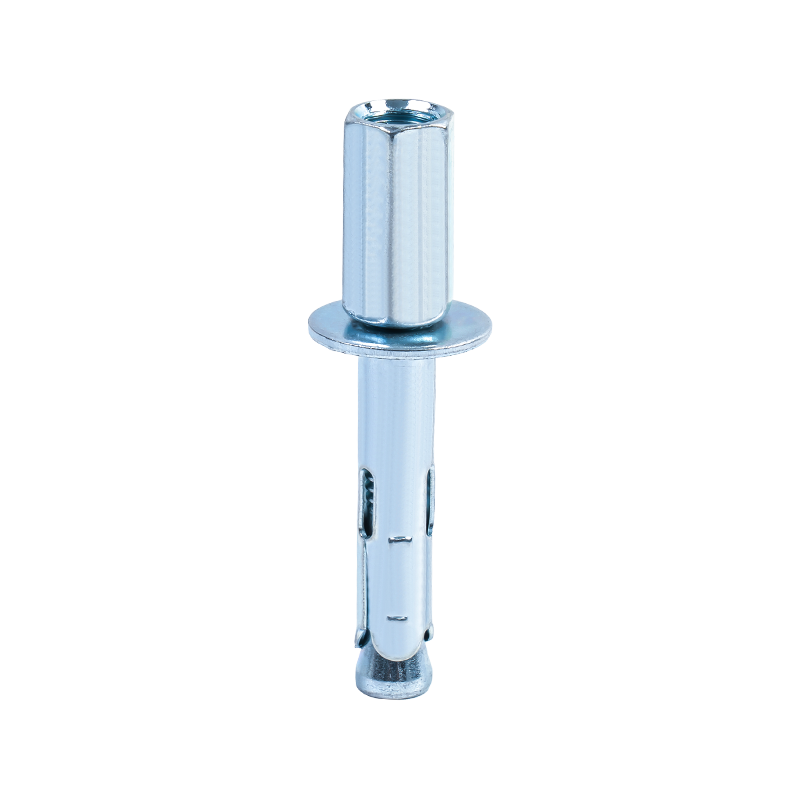
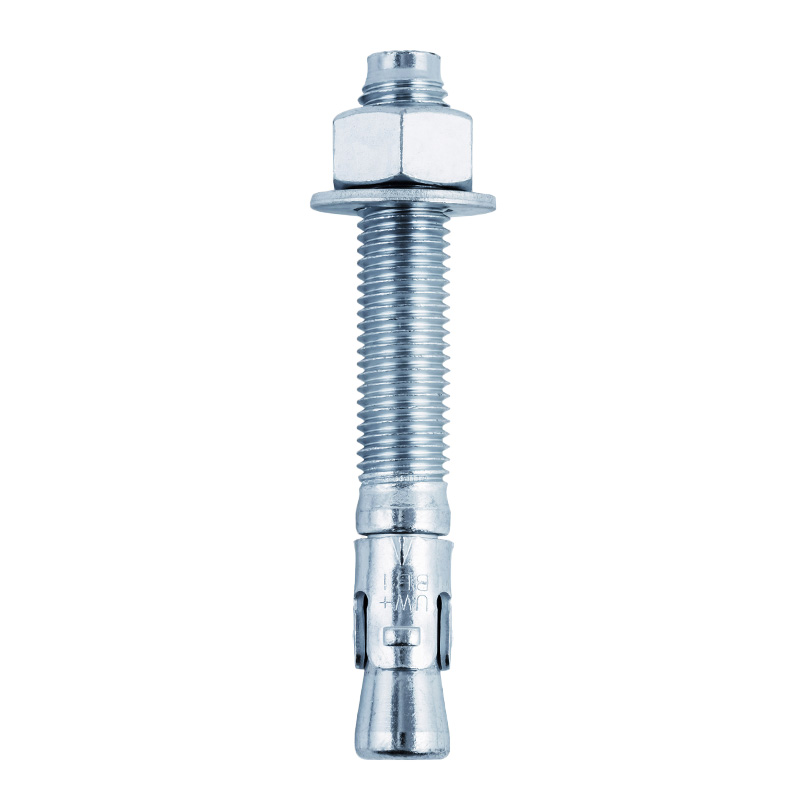
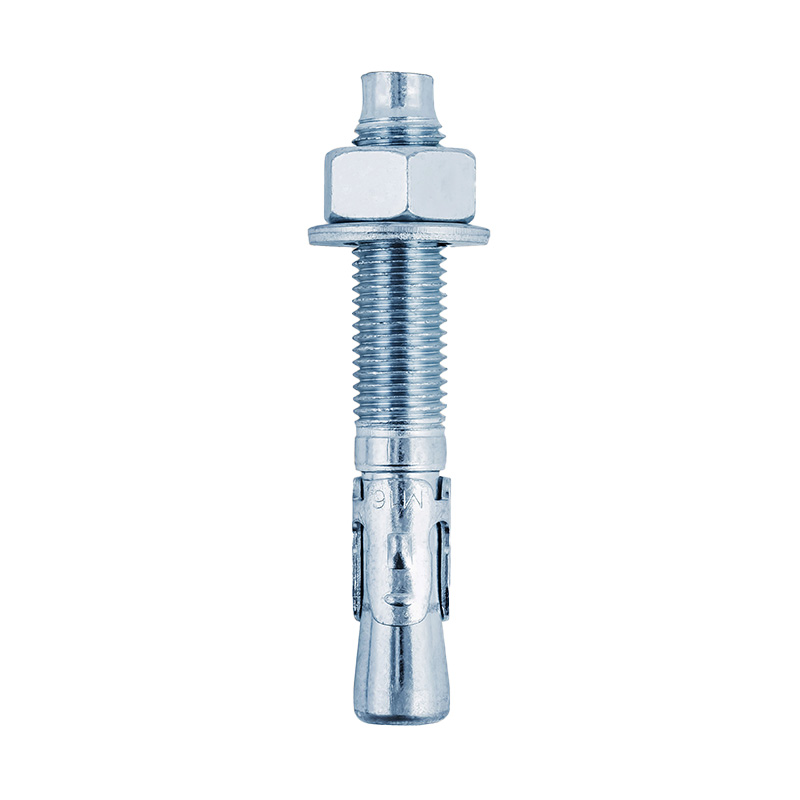
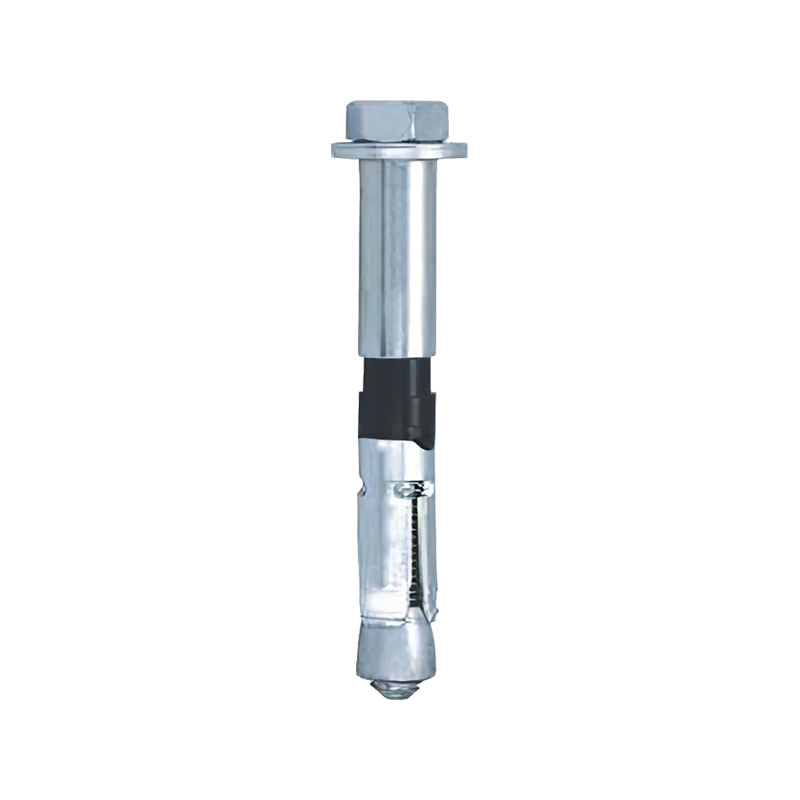
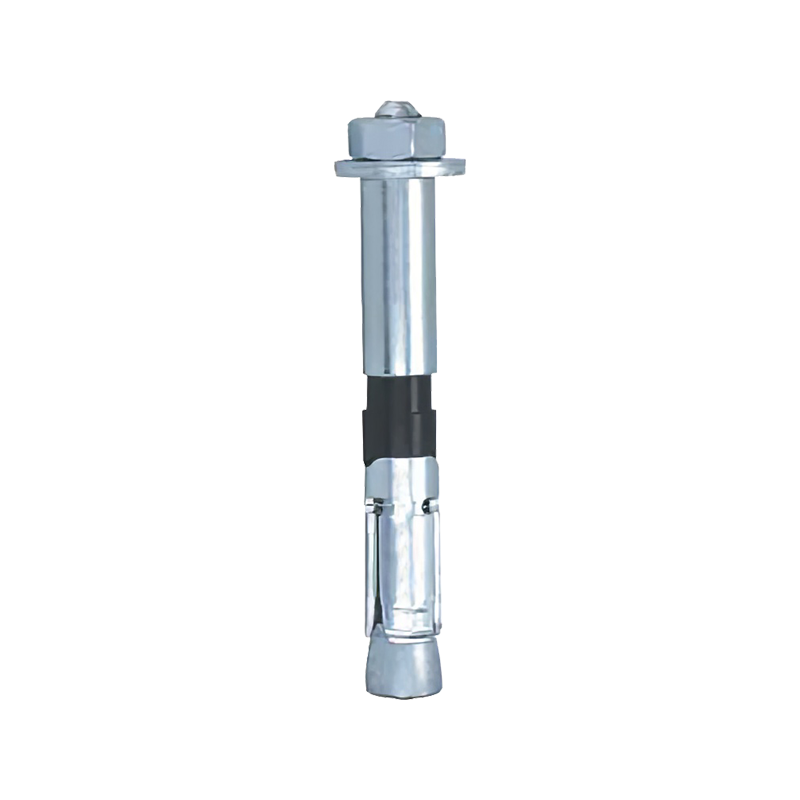
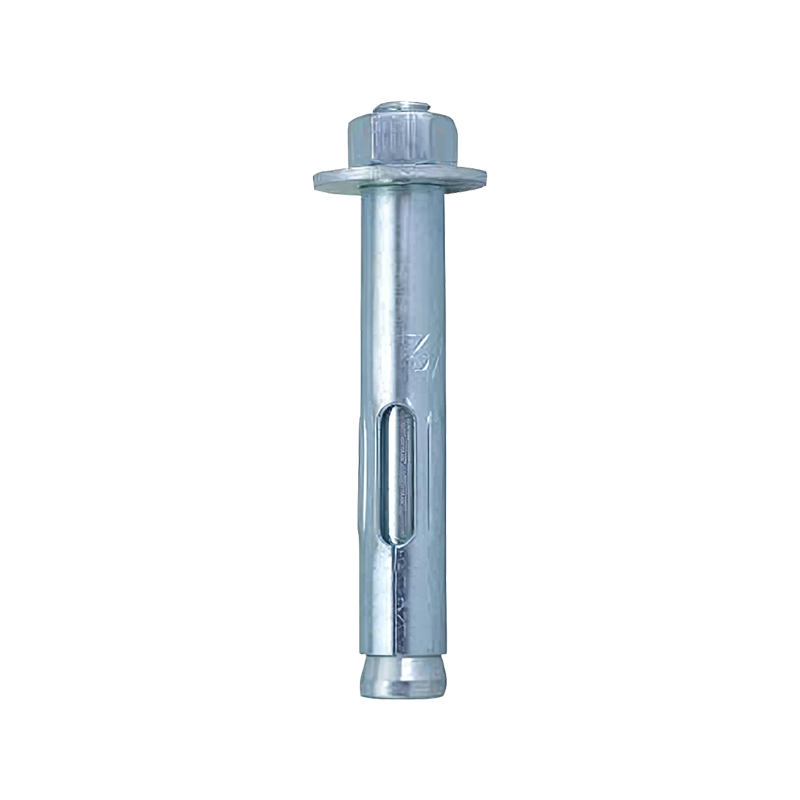
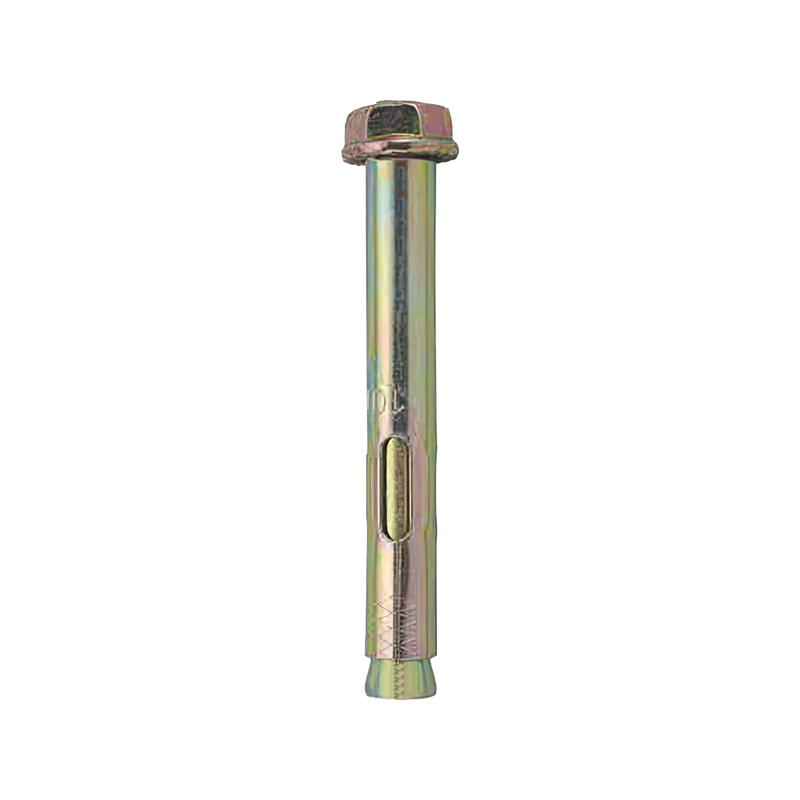

Contact Us